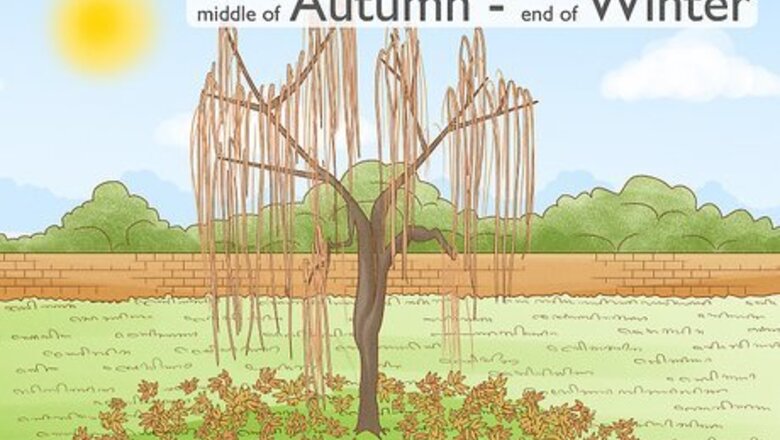
views
Taking Your Cutting
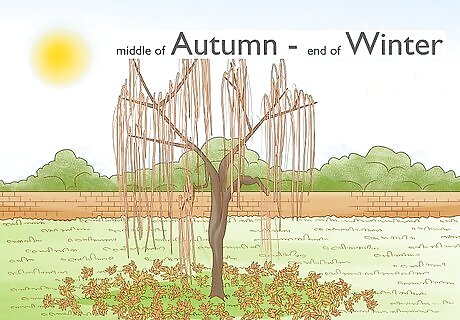
Take your cutting while the tree is in its dormant state. From about the middle of autumn through the end of winter, trees are in a dormant state. This means that they are not producing leaves or new growth. The best time to take a willow cutting is just after the leaves fall in autumn or right before the new buds start growing in the spring. To find the growing season for your particular area, check the Old Farmer’s Almanac website.
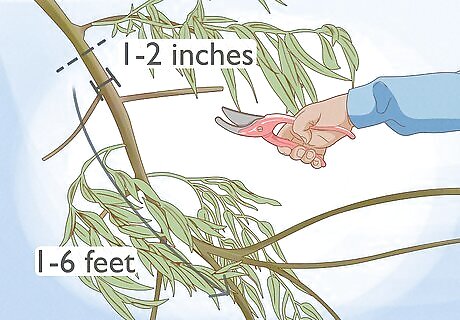
Select a branch that is 1–6 feet (0.30–1.83 m) long. Since willow branches are fairly sturdy, you can take a cutting that is several feet long. Keep in mind that about 2/3 of the length of the cutting will be underground. The cutting should be 1–2 inches (2.5–5.1 cm) in diameter at the point where you cut it. To ensure you get a healthy cutting, look for a shoot which has grown in the past year and doesn’t show any signs of disease or pests.
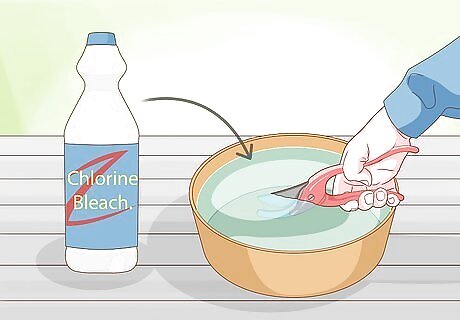
Sterilize your knife or pruning shears before cutting your shoot. To avoid contaminating your plant with any harmful plant bacteria or chemicals, you should sterilize your knife or pruning shears. Either wipe down the blade with rubbing alcohol or submerge your blade in a bucket of water mixed with a capful of bleach.
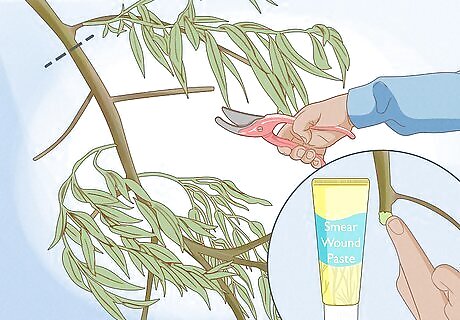
Make your cut at an angle and apply wound paste to the tree. Cutting the branch at an angle will allow water to seep from the cutting. It will also expose more of the interior of the shoot, which will encourage root growth. Smear wound paste or pruning salve on the tree to speed the healing process. You can find wound paste and pruning salve at your local garden center and online.
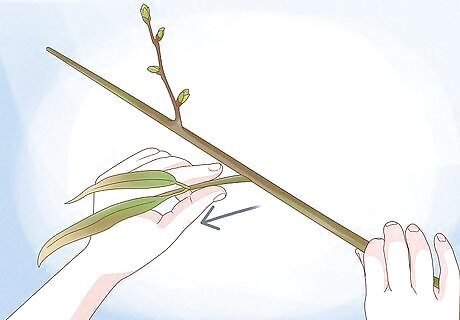
Remove leaves from the bottom half of the cutting. Although you’ll be taking your cutting during the dormant season, some leaves may have remained on the tree. If this is the case, remove any leaves from the bottom half of the willow branch.
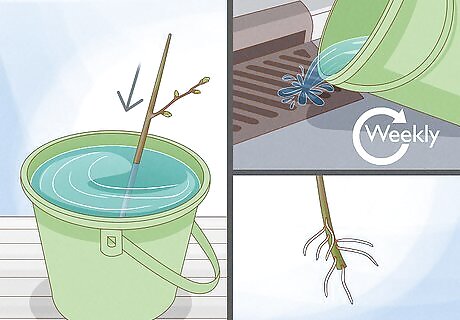
Place the cutting in a bucket of water until you’re ready to plant it. From the time that you cut your plant you’ll want to encourage growth. Placing the cut side of the branch in a bucket of water immediately after cutting it will help the branch start the healing process that will eventually lead to new roots. Change the water once a week until you see the roots develop on your cutting.
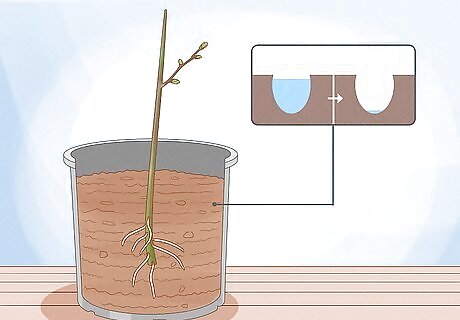
Plant the cutting in a pot if the outdoor conditions are not ideal. The willow cutting is going to remain dormant through the end of the winter, so normal conditions, including freezing temperatures, are likely fine for the plant. However, if you’re concerned that the plant will be disturbed or you’re not ready to plant the tree in its final home, you can place it in a pot with well-drained soil. Allow it to stay in this pot for a year to fully develop a new root system.
Choosing a Planting Location

Plant your willow 40 feet (12 m) away from your house. Willow trees have root systems that can extend past the width of their branches and which are often as deep as the tree is tall. The roots will seek out water and can infiltrate a pipe system, causing expensive damage. Make sure you plant your willow tree at least 40 feet (12 m) away from your house and plumbing system.
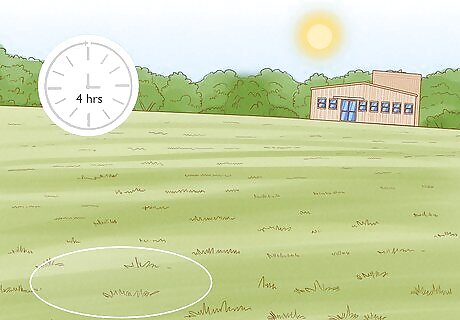
Choose a spot with plenty of sun. Willow trees prefer full sun or partial shade. Plant the tree in an area where it will receive at least 4 hours of direct sunlight per day.

Plant the tree near a water source. Willow trees love water. If you have a pond or other water source on your property, this would be the perfect place for a willow tree since the soil won't dry out. You can grow a willow tree in a drier climate, but you will have to water it during droughts to prevent the tree from losing its leaves.

Check the soil conditions. The weeping willow can tolerate a variety of different soils, including rich earth, sandy soil, and clay. The pH balance for a willow tree should be between 6.0 and 8.0. You can test the pH balance of your soil with a kit purchased from a gardening center, or you can send it off to be professionally tested in a laboratory.
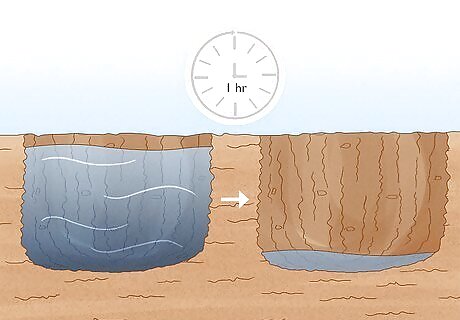
Make sure the soil drains well. Although willow trees love water, their shallow roots require well-drained soil in order to thrive. To test the drainage of your soil, dig a hole about 12 inches (30 cm) deep. Fill the hole with water and watch to see how long it takes the water to drain out. If it takes more than an hour, you'll need to take steps to improve your soil drainage. Try adding rocks, sand, mulch, or compost to the area to improve the drainage.
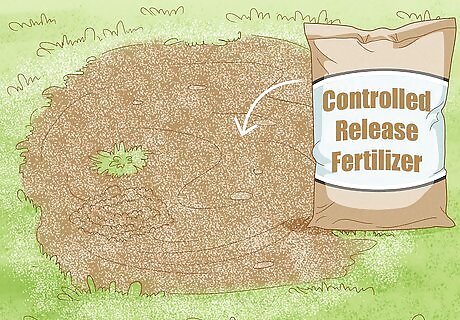
Fertilize the soil before you plant your tree. To help your willow cutting take root, spread fertilizer over the ground before you dig your hole. Choose a controlled-release fertilizer rich in nitrogen.<
Planting Your Willow
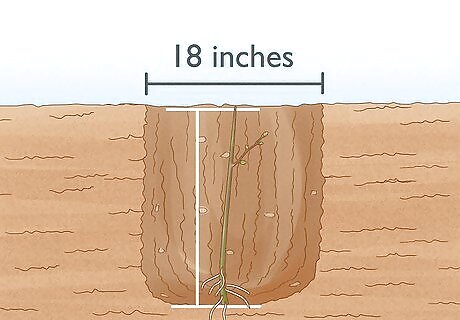
Dig a hole 18 inches (46 cm) wide and as deep as the cutting is long. You’ll want to make sure the cutting has plenty of stability. Use the length of the cutting as a guideline for how deep the hole should be.
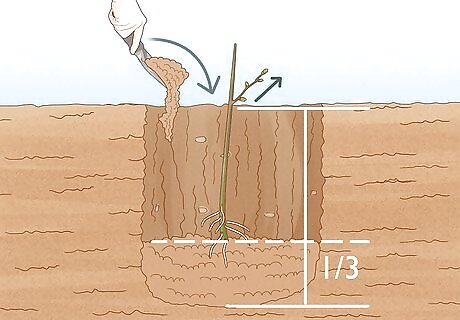
Place the cutting in the center of the hole and add soil to stabilize it. You’ll want 2/3 of the cutting to be buried beneath the ground, so loosely fill the bottom of the hole with soil before adding the branch. Use the soil from the hole you dug to fill the area around the cutting. Make sure you place the cutting right-side-up, with the buds pointing upwards.

Water your cutting and add additional soil as needed. The water might cause the soil to become more compact, so have a rich potting soil on hand in case you need to add some to the hole you dug.
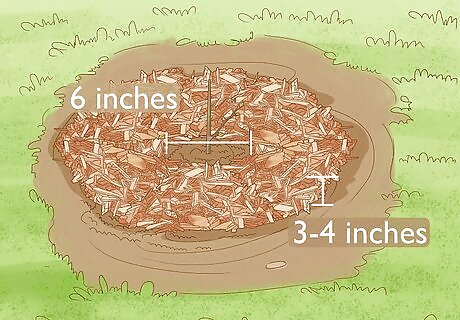
Add a layer of mulch 3–4 inches (7.6–10.2 cm) thick around the cutting. The mulch should form a circle about 6 inches (15 cm) in diameter around the cutting. This will serve to help feed the plant and will hold the soil in place.
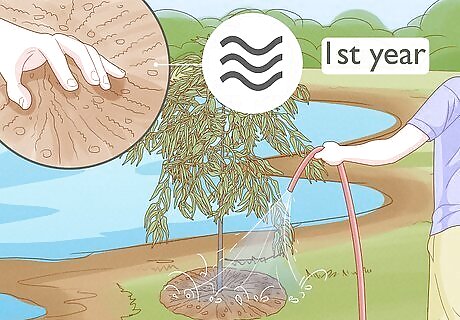
Monitor the soil and moisture level for the first year. The first year after you plant your cutting is the most important, since this is when the plant will be establishing new roots. Check the soil daily and water the willow tree if the earth seems dry.




















Comments
0 comment